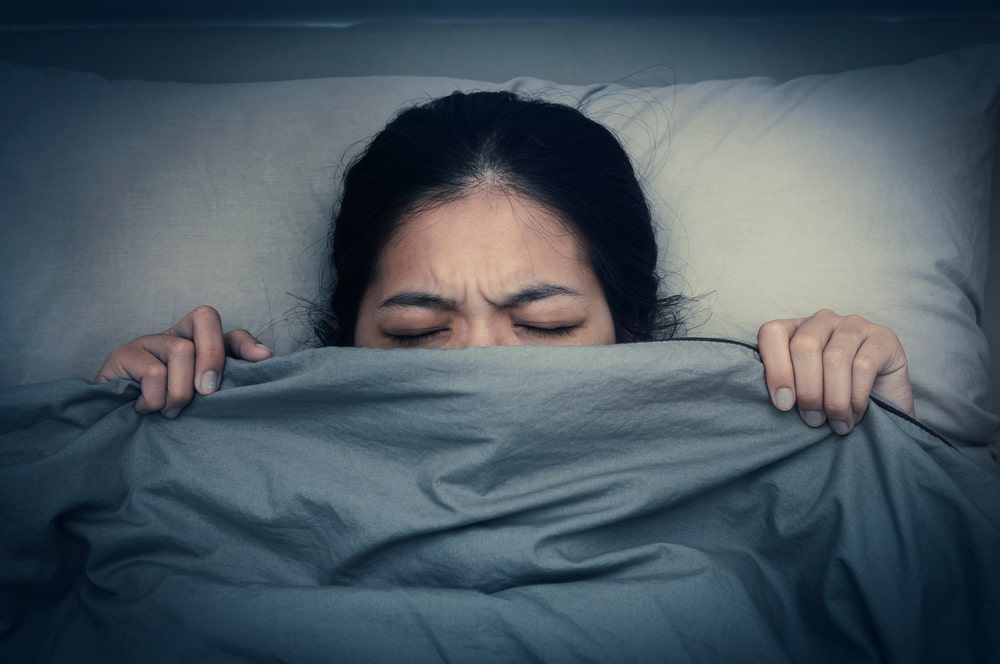
Animal-assisted therapy, also known as pet therapy, uses dogs and other animals, including horses, to help people as they recover from physical and mental health conditions. A professor at Western Carolina University, Psychologist Harold Herzog, is an expert in the human-animal connection, and has spent over three decades investigating the complex psychology of human interactions with other species, and established a direct connection between interacting with animals and enjoying positive health benefits. Animal-assisted therapy is rooted in the Biophilia Hypothesis, which is the “idea that humans possess an innate tendency to seek connections with nature and other forms of life.” Pet therapy facilitates a human-animal bond that delivers an array of scientifically documented benefits, some of which include:
- Stress Reduction:
- Interacting with animals has been shown to reduce levels of stress hormones such as cortisol. The calming presence of a pet can help alleviate feelings of anxiety and promote relaxation.
- Mood Enhancement:
- Spending time with animals can trigger the release of endorphins, the body’s natural mood enhancers. This can lead to an improved mood and a decrease in symptoms of depression.
- Emotional Support:
- Pets provide unconditional love and support. Their non-judgmental nature can create a sense of emotional security and companionship, especially for individuals who may feel isolated or lonely.
- Social Interaction:
- Pet therapy often involves social interaction, as individuals may connect with therapists, other pet owners, or volunteers during sessions. This social component is valuable for those who may struggle with traditional forms of socialization.
- Reduced Feelings of Isolation:
- Pets offer constant companionship, reducing feelings of loneliness and isolation. This is particularly beneficial for individuals living alone or those who may have limited social connections.
- Increased Oxytocin Levels:
- Interactions with animals can stimulate the release of oxytocin, a hormone associated with bonding and social connection. Higher oxytocin levels contribute to a sense of well-being and improved interpersonal relationships.
- Distraction from Negative Thoughts:
- The presence of a pet can be a positive distraction from negative thoughts and worries. Focusing on the care and companionship of an animal can shift attention away from stressors.
- Improved Communication Skills:
- For individuals with communication difficulties or social anxiety, interacting with animals can serve as a bridge to improved communication. This can boost confidence and transfer into better communication with humans.
- Encouragement of Physical Activity:
- Caring for a pet often involves physical activities, such as walking, playing, or grooming. Engaging in these activities can promote physical well-being and contribute to a healthier lifestyle.
- Sense of Purpose:
- Taking care of a pet gives individuals a sense of purpose and responsibility. This can be particularly beneficial for those struggling with feelings of apathy or lack of motivation.
- Therapeutic Bond:
- The bond formed between a person and their therapy animal can be a powerful source of comfort and support. This unique connection can be an essential component of the therapeutic process.
Pet therapy is used in various settings, including hospitals, nursing homes, schools, and mental health facilities, to enhance the overall well-being of individuals. It is important to note that while pet therapy can be highly beneficial, it is not a replacement for traditional mental health interventions. It works best when integrated into a comprehensive treatment plan tailored to individual needs.
Treatment In Calabasas
Calabasas is a city in California. It is a well-known suburb of Los Angeles, located west of the San Fernando Valley and north of the Santa Monica Mountains. Over the past decade, the city of Calabasas has grown in its reputation for luxury as well as for privacy which makes it a hidden gem for residential living for society’s elite, and one of the most desirable destinations in Los Angeles County. It is also home to a plethora of highly qualified mental health clinicians providing an array of therapeutic services and treatment options.
The information above is provided for the use of informational purposes only. The above content is not to be substituted for professional advice, diagnosis, or treatment, as in no way is it intended as an attempt to practice medicine, give specific medical advice, including, without limitation, advice concerning the topic of mental health. As such, please do not use any material provided above to disregard professional advice or delay seeking treatment.









